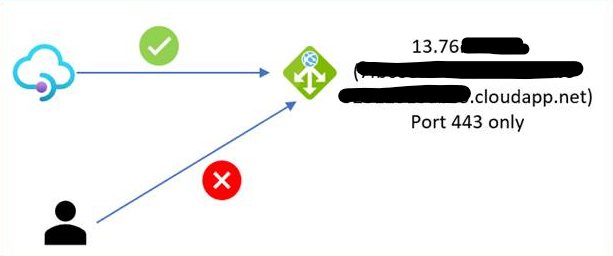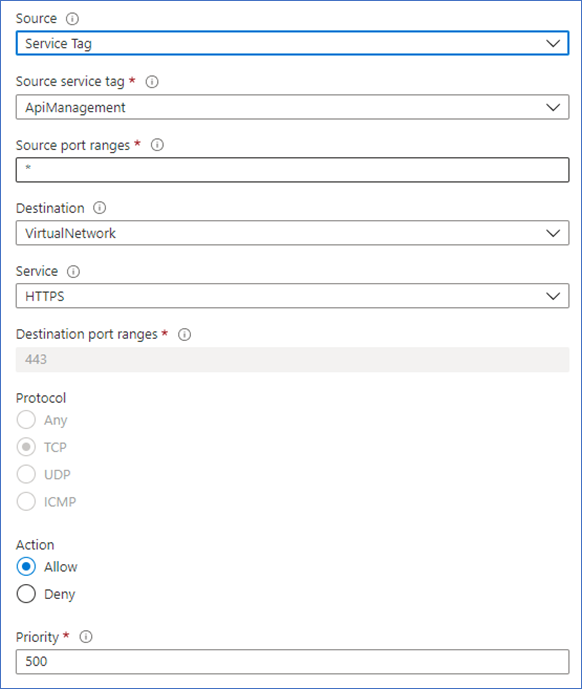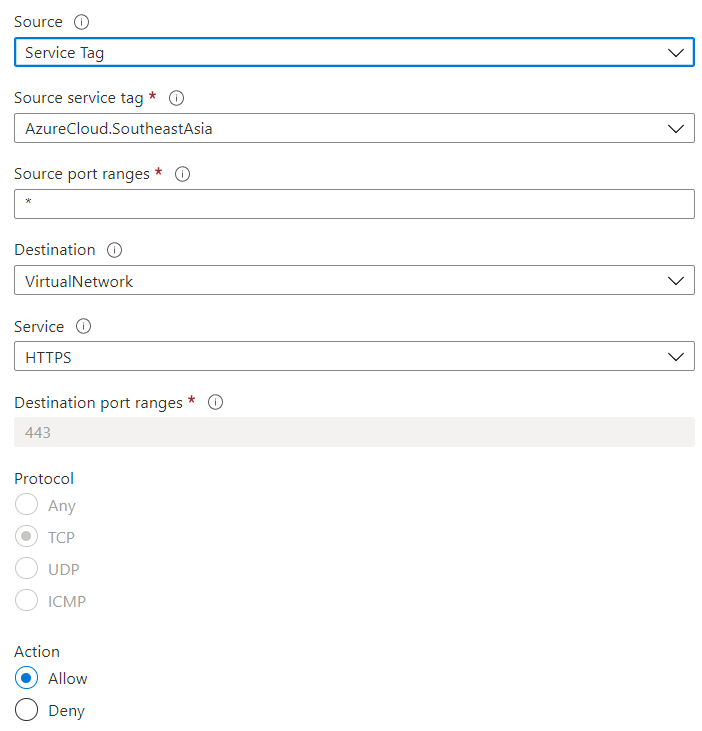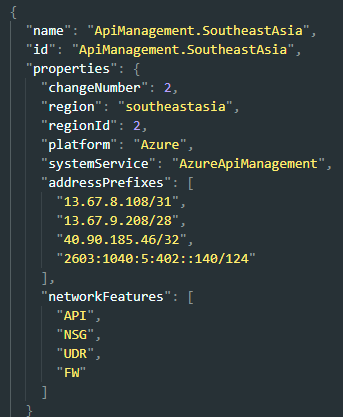@Pitawat Nantamanop , In the Developer, Basic, Standard, and Premium tiers of API Management, the public IP addresses (VIP) are static for the lifetime of a service, so the service tag is available for those tiers. Whereas, Consumption tier service, it doesn't have a dedicated IP address. Consumption tier service runs on a shared infrastructure and without a deterministic IP address.
Solution: For traffic restriction purposes, you can use the range of IP addresses of Azure data centers. Refer to the Azure Functions documentation article for precise steps.
Also, you can provide your feedback and upvote the similar ask here in this feedback section for its future availability.
----------
Please do not forget to "Accept the answer" wherever the information provided helps you to help others in the community.




